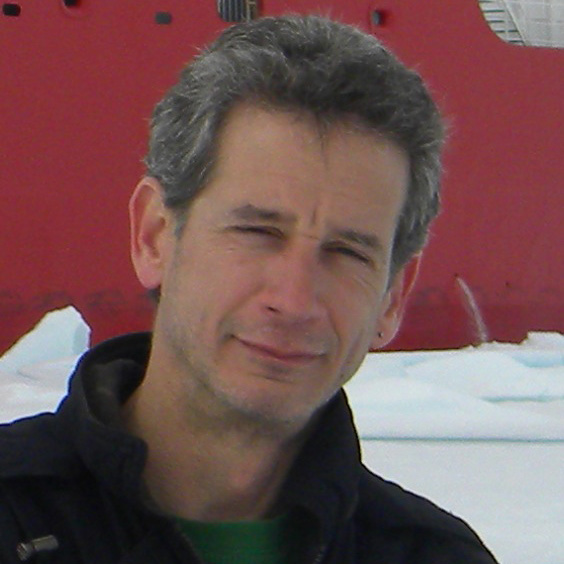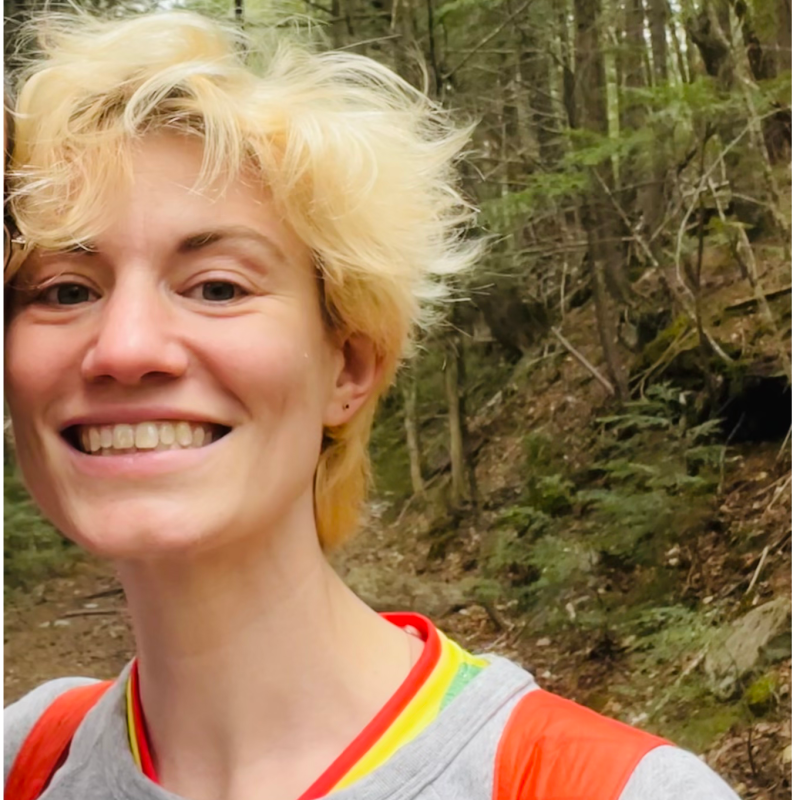Antarctic Artists & Writers Program
The Antarctic Artists and Writers program facilitates deployments to the Antarctic for creative practitioners within the arts and humanities. Collaborations between polar researchers and artists & writers help increase the public’s understanding of and appreciation for human and scientific endeavors in Antarctica through the resulting works.
Artist Fellow Madeline Blount will join Researcher Fellow Kevin Arrigo and Educator Fellow Bhavna Rawal onboard the R/V Nathaniel B. Palmer in the Austral Summer of 2024/26 to build a generative machine learning “speculative live cam” that interprets and visualizes the Antarctic environment in new and unexpected ways. Rooted in her experience as a technologist within social justice and community-based projects, Madeline’s practice has always involved demystifying complex subjects and expanding access to technology. Through the project, Madeline aims to develop a co-creative, participatory relationship with an audience, designing an online platform to be freely accessible to a variety of learning communities. The machine learning element may foster engagement with polar science in surprising ways, leveraging current public curiosity with AI. The online project will be modeled after free public science “live cams,” minimizing financial barriers and encouraging widespread viewing.



